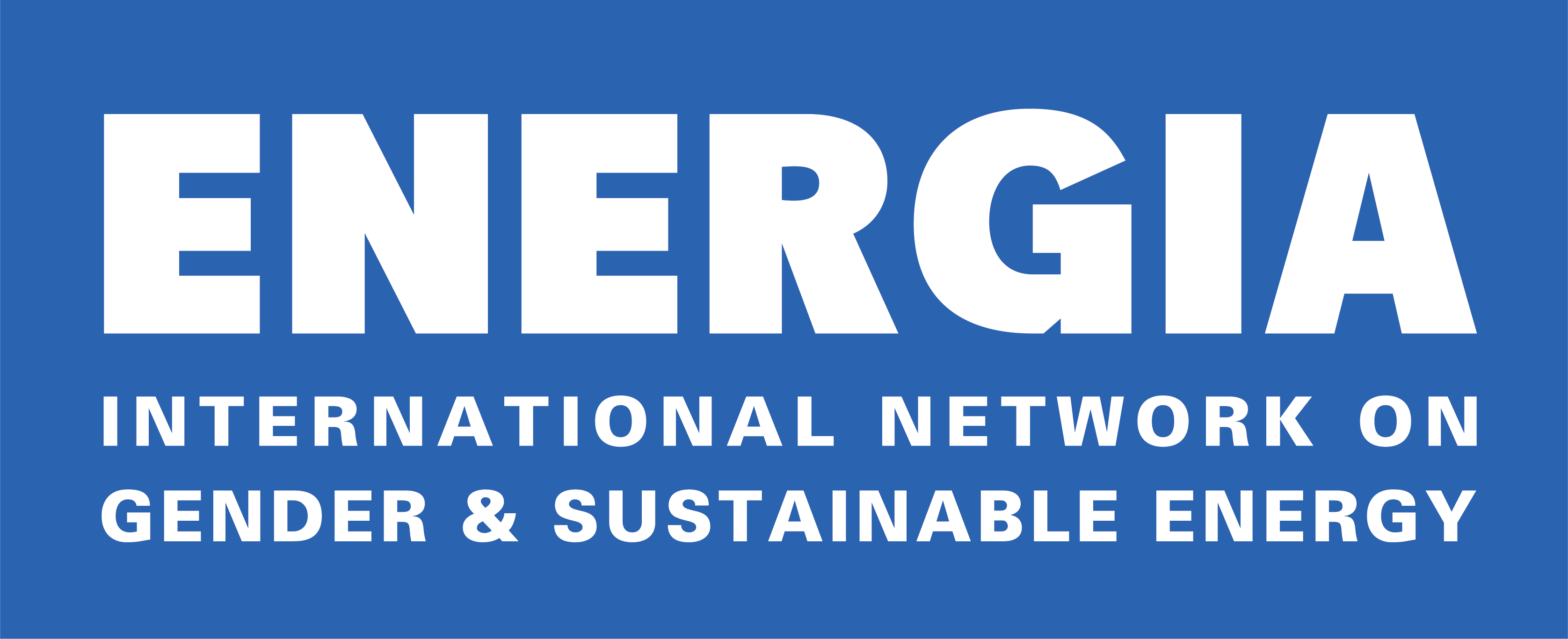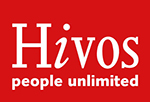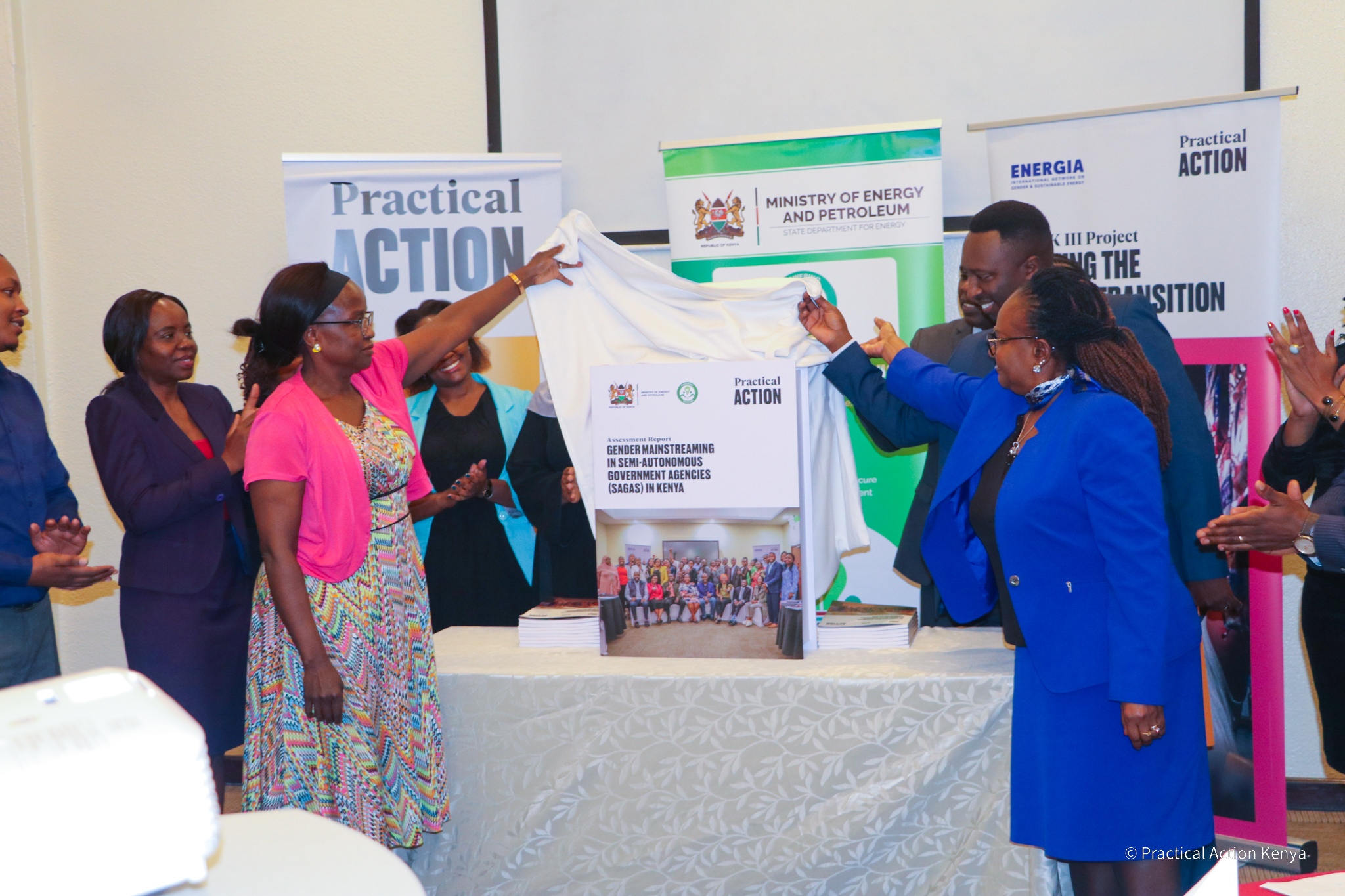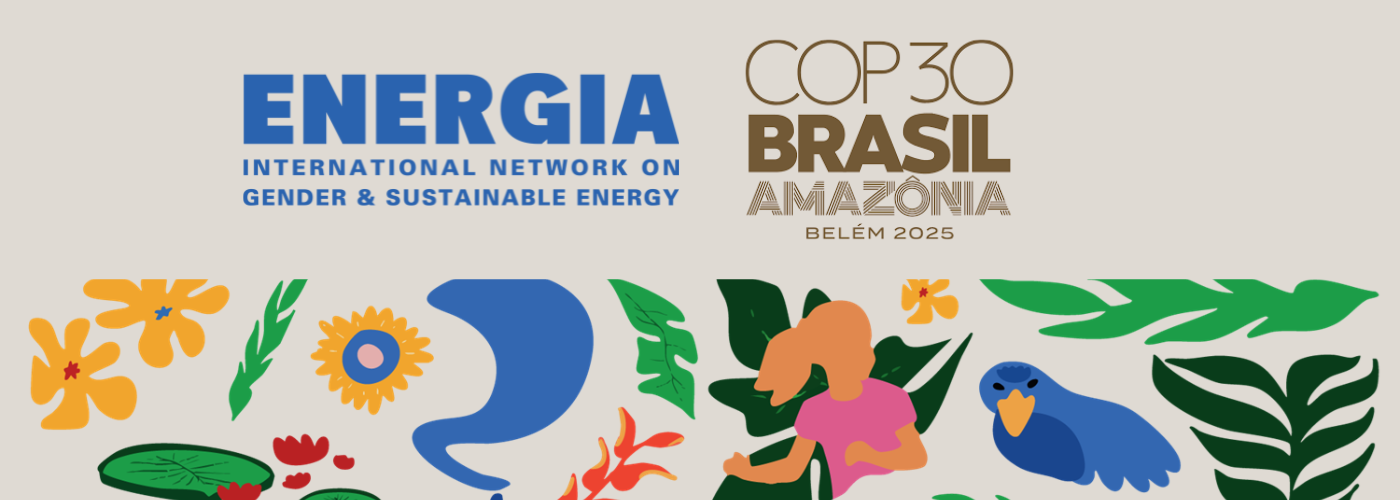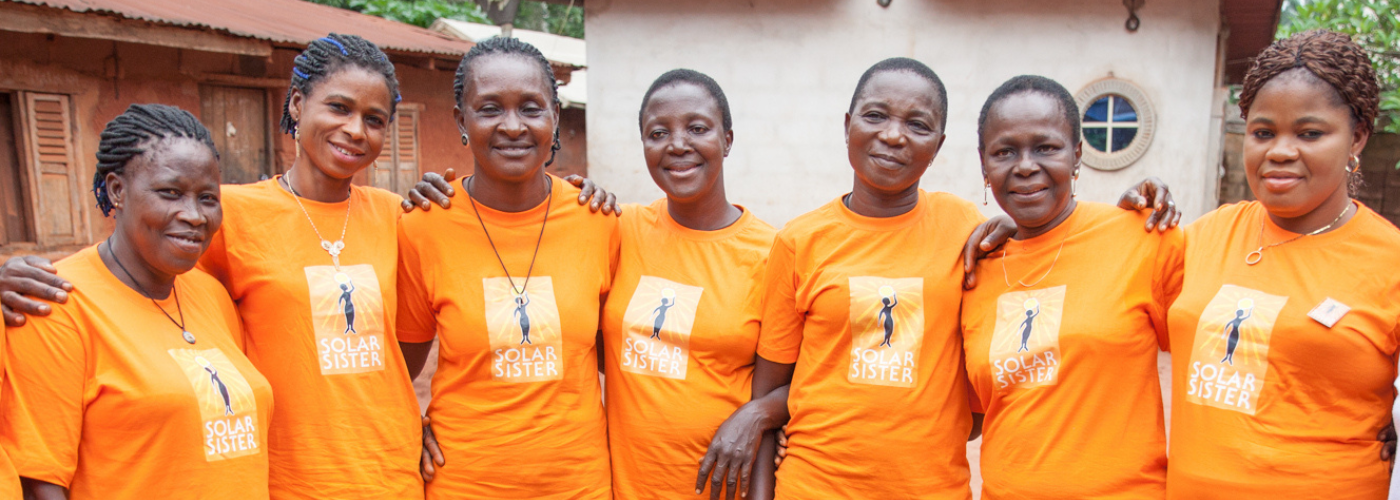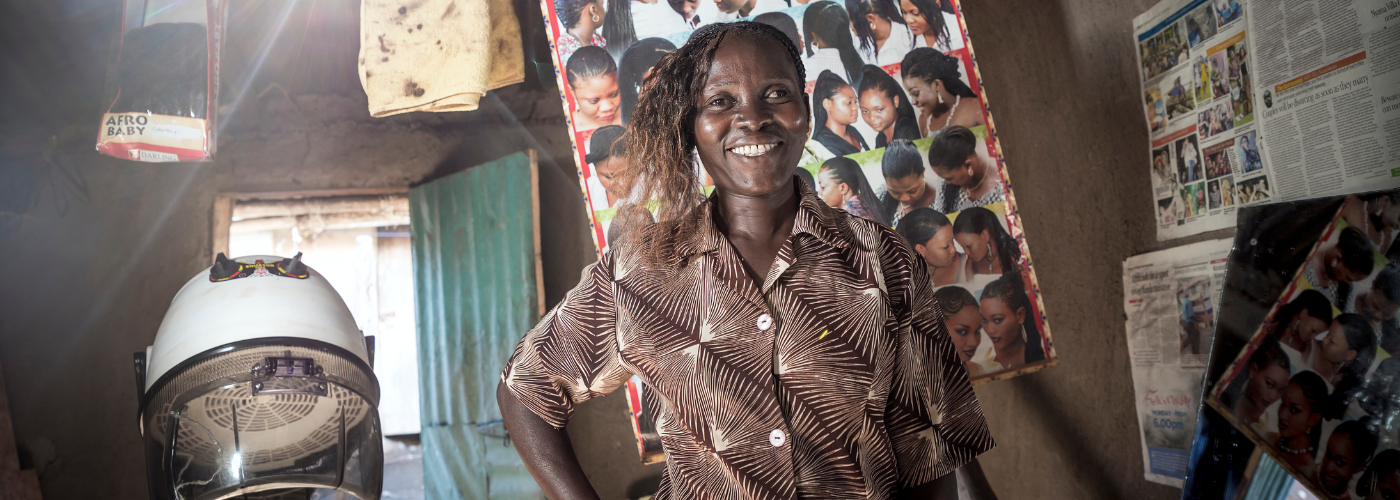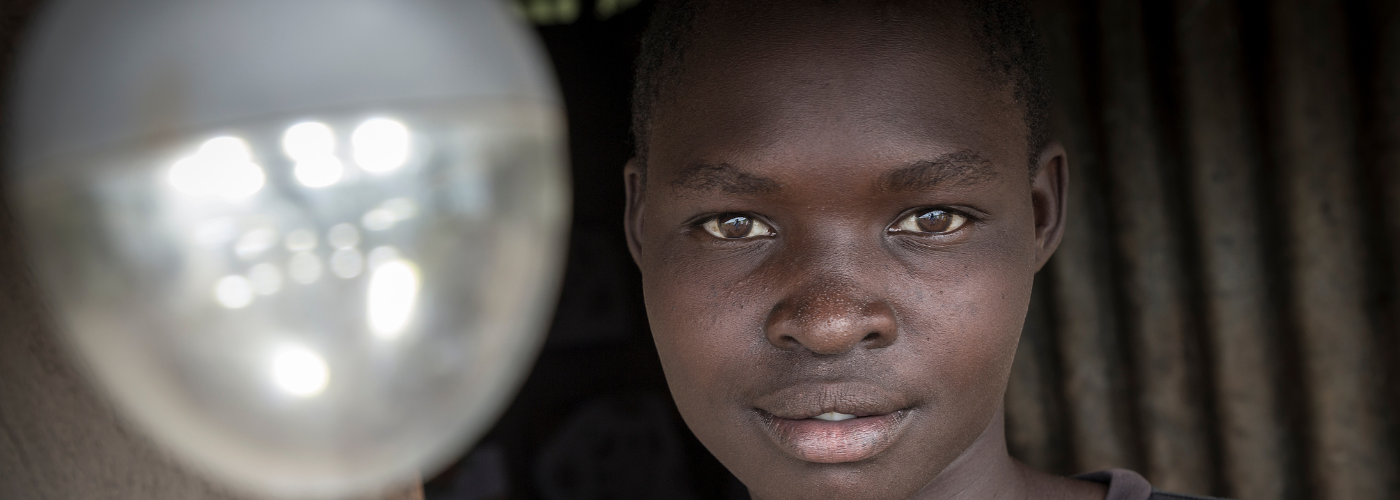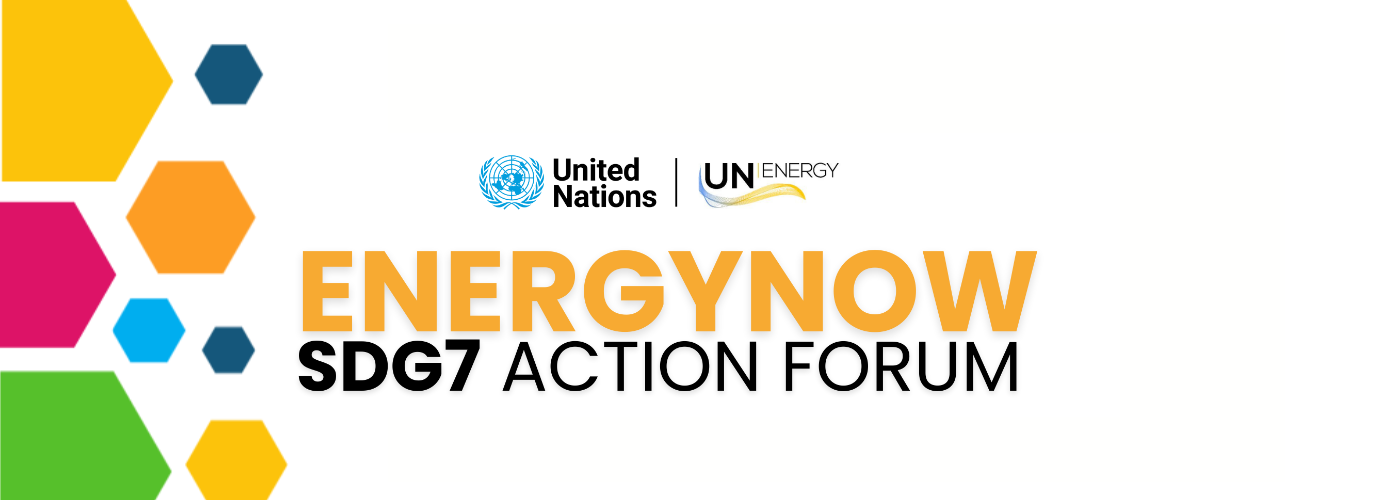By Immaculate Wafula and Josephine Osengo, Practical Action Eastern Africa
Practical Action in Kenya and ENERGIA have been pioneers in driving gender equality in the energy sector, dating back to their partnership since the mid-2000s. A key milestone in this journey has been the Women in Energy Enterprises in Kenya (WEEK) project. As part of this project, Practical Action facilitated a gender audit to assess the progress on gender equality in energy, in the semi-autonomous government agencies. The report was recently presented to the Ministry of Energy and Petroleum.
The first phase of the WEEK project, implemented from 2014 to 2018, aimed at increasing women’s presence in the energy market. WEEK Phase II, running from 2019 to 2022, focused on strengthening women’s capacity to effectively participate and benefit from energy markets. During this phase, Practical Action played a pivotal role in supporting the Ministry of Energy and Petroleum (MoEP) to establish the Energy Sector Gender Committee (ESGC), which steers the implementation of the Gender Policy in Energy , launched in November 2019.
The ESGC comprises of various directorates within the Ministry of Energy and Semi-Autonomous Government Agencies (SAGAs) such as the Kenya Power and Lighting Company, Geothermal Development Company, Rural Electrification and Renewable Energy Corporation, Kenya Electricity Generating Company, Energy and Petroleum Regulatory Authority, Nuclear Power and Energy Agency, and Kenya Electricity Transmission Company.
In 2021, with support from Practical Action and MoEP, each SAGA developed a Gender Action Plan, focusing on integrating gender considerations into energy planning and delivery.
A gender audit to assess progress
As part of WEEK Phase III (2022-2026), Practical Action facilitated a gender audit to assess the progress of gender equality within the SAGAs’ policies, strategies, programs, budgets, structures, and services, referencing the Gender Action Plans from WEEK Phase II.
The assessment revealed significant progress in institutionalizing gender within the SAGAs, although at varying levels:
- Policy Development and Leadership Endorsement: Some SAGAs have developed Gender Policies and Sexual and Gender Based Violence (SGBV) guidelines aligned with MoEP Gender Policy in Energy, receiving leadership endorsement.
- Formation of Gender Committees: Gender-balanced committees have been established and trained to champion gender mainstreaming.
- Capacity Building: Continuous sensitization and training on gender policy, Sexual and Gender Based Violence (SGBV), and disability inclusion for staff.
- Budget Allocation: There has been significant progress in budget lobbying, resulting in increased funds allocated for gender mainstreaming initiatives. However, the funds remain insufficient.
- Bridging Gender Gaps: Initiatives such as mentorship, scholarships, internships, and job placements for female engineers are in place to address gender disparities in staffing.
The audit also identified two primary categories of gaps highlighted below:
Capacity Gaps
- Weak Data Systems: Lack of gender-descriptive and sex-disaggregated data hampers a comprehensive understanding of gender constraints in energy value chains.
- Strategic Planning Deficiencies: Inadequate diagnosis of root causes and practical solutions due to gender-blind project planning by technical teams.
- Leadership Buy-In: Securing commitment from leadership and technical teams requires sustained sensitization and training.
Resource Gaps
- Imbalanced Representation: Gender committees often lack top management representation, affecting buy-in on gender issues.
- Underrepresentation of Women: Low presence of women in top leadership positions.
- Budget Constraints: Limited budgets hinder the effective implementation of annual Gender Mainstreaming Strategy (GMS) plans.
Despite challenges, the SAGAs have made notable achievements due to the following key factors:
- Institutional Support: Additional support from institutions like the World Bank and USAID has bolstered gender mainstreaming efforts.
- Impactful Meetings: Quarterly ESGC meetings, supported by the MoEP, have proven valuable in coordinating gender initiatives.
- Performance Contracts: Inclusion of gender targets in Performance Contracts (PCs) has spurred action towards GMS.
- Legal Frameworks: Supportive legal frameworks, including the Constitution of Kenya and the National Policy on Gender, ensure sustainability in gender equality efforts.
Participation of male staff is crucial
In conclusion, the assessment recommends that gender work should not just be about meeting contractual obligations but should be intentional in enhancing gender equality. It highlights that establishing gender desks in every ministry can help drive gender mainstreaming in policymaking, planning, budgeting, implementation, monitoring, and evaluation.
The assessment further highpoints the participation of male staff in gender mainstreaming as crucial, given their numbers and management roles within organizations. It further points out that raising awareness among top leadership is essential for securing their buy-in and ensuring the sustainability of gender initiatives, especially considering the frequent changes in board and management.
Finally, the assessment pinpoints that there is a pressing need to sensitize top leadership within SAGAs to make budgetary allocations for gender-related activities, as lack of funds remains a significant barrier to mainstreaming gender in these agencies.
While the journey towards gender equality in Kenya’s energy sector has seen substantial progress, continued efforts and commitment are necessary to address the existing gaps and achieve true gender equality.
Download the Gender Assessment in the Energy Semi-Autonomous Government Agencies report here.
